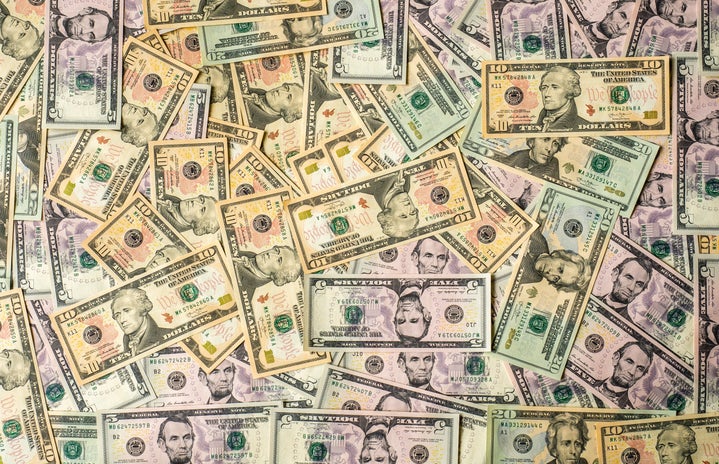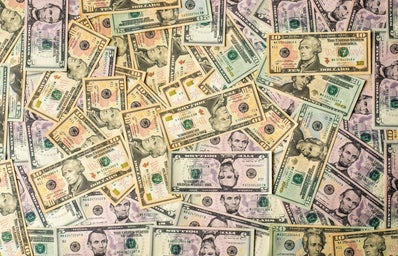One of the most iconic female figures in history, Harriet Tubman, is finally getting the recognition she deserves. We all learned about her in elementary school and portrayed her in our school plays. However, for many of us, that’s where our education ended. I don’t know about you, but that’s an awfully short time to learn about an activist, pioneer, and overall historical legend.
Arguably one of the most famous African-American abolitionists and political activists, Tubman saved her family and friends from slavery. Born into slavery as Araminta “Minty” Ross in March 1822, Tubman briefly worked as a slave before deciding to change her fate and subsequently, the destinies of other slaves. Tubman and her two brothers Ben and Harry escaped slavery on September 17, 1849.
Over the course of thirteen missions, Tubman rescued 70 enslaved people using safety houses owned by both African-American and white antislavery activists in a network known as Underground Railroad. As a result, Tubman appropriately earned the nickname Moses.
After helping numerous slaves gain their freedom, Tubman also served as a Civil War scout, a spy, and a nurse for the Union Army in the mid 19th century. She was one of the first Black women to serve in the military. Additionally, Tubman was also a prominent suffragist and fought for women’s rights. She worked alongside feminists including Susan B. Anthony, Elizabeth Cady Stanton, and Emily Howland, and attended numerous meetings promoting women’s rights.
Even after aiding slaves escape bondage, Tubman spent her later years continuing to help others and tending to her family. She took in those in need and adopted a daughter named Gertie in 1874. After a long life of helping others, Tubman died in 1913 of pneumonia and was thereafter buried in Fort Hill Cemetery in New York.
Tubman not only helped hundreds of people in her lifetime but left a legacy of selflessness and determination for all of us to look up to. Many people, including myself, feel that Tubman’s time to shine has finally come.
The idea to replace the seventh U.S. president Andrew Jackson with Harriet Tubman on the $20 bill was initially introduced by former US Secretary of the Treasury, Jacob Lew. The catalyst for this transition was a little girl from Massachusetts who wrote a letter to President Obama in 2014 prompting the change. Lew’s plan was to have the $20 bills featuring Tubman in circulation by 2020 on the centennial of the 19th amendment, which granted white women the right to vote.
After Donald Trump was elected in 2016, he put a stop to all efforts to have Tubman’s face printed on U.S. currency. His Secretary of Treasury, Steven Mnunchin, postponed the work until 2028. The alleged reasoning behind this ludicrous decision was that Trump and Mnunchin claimed that “adding new security features to the money was a more urgent priority.” Trump continued to display his opposition when he admitted that he was a fan of Jackson, and suggested putting Tubman on the $2 bill- a currency no longer printed or in circulation.
To make matters even worse, Jackson was a soldier, statesman, and politician known for his abuse of minorities, including his displacement and murder of 100,000 Native Americans from 1830-1850. He was also known for owning hundreds of slaves and being incredibly racist. Having Jackson’s face printed on the $20 bill only continues to promote his odious legacy.
Under the new Biden Administration, plans to have Tubman printed on U.S. money have resumed under the new Secretary of Treasury, Janet Yellen. According to the New York Times, White House press secretary Jen Psaki issued a statement regarding the updated version of the $20 bill and said, “The Treasury Department is taking steps to resume efforts to put Harriet Tubman on the front of the new $20 notes. It’s important that our money reflect the history and diversity of our country.” The last time a portrait on a U.S. bill was changed was in 1929 when Alexander Hamilton replaced Jackson on the $10 bill.
Harriet Tubman will be the first woman and person of color to ever be featured on printed U.S. currency. Previously, Susan B. Anthony and Sacagawea were on the $1 coin. Resuming this project comes just after Kamala Harris, the first female, African-American, and South-Asian Vice President was elected.
I cannot wait to honor Tubman’s legacy and see her portrait on U.S. currency. I hope that as a community, we can continue to learn about her and live by her example, as we continue to fight systemic racism today and strive to create a more equal, just world.



